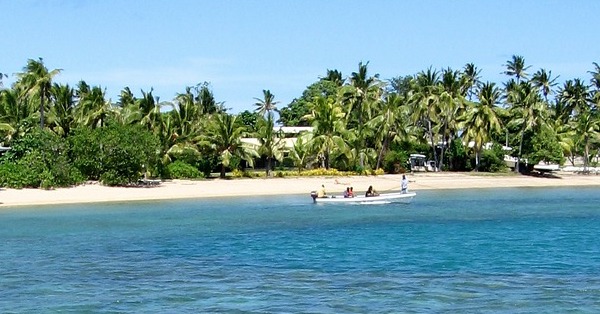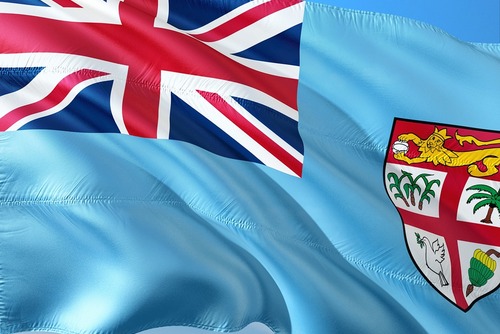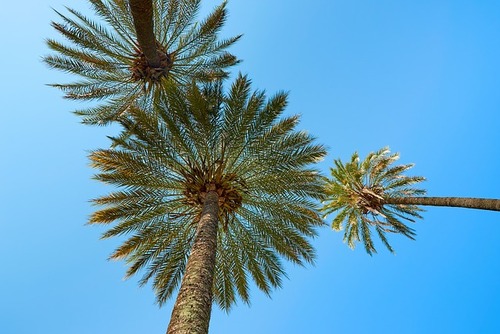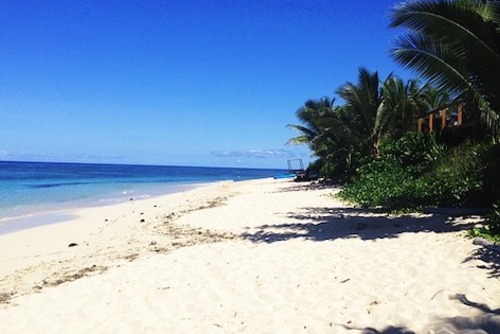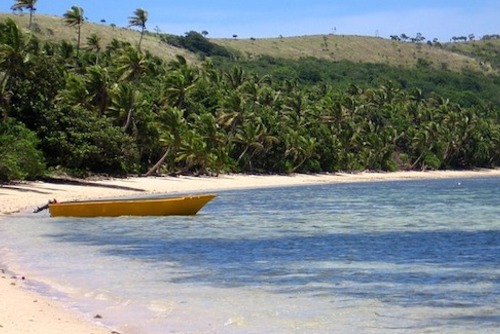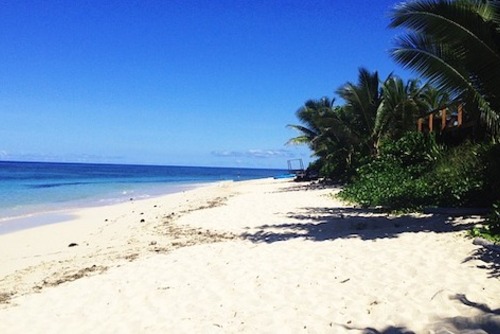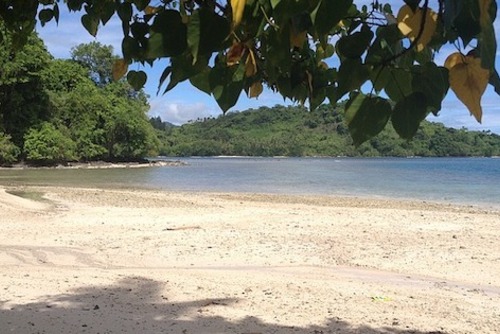Travel to Fiji
View our comprehensive travel and backpacking guide with tips, ideas for the best things to see and do and information about itineraries, costs, how to save money, and more!
Our destination guide aims to give you all the information you need to have an amazing experience in this amazing country. Find affordable travel, backpacking and gap year ideas with advice for amazing activities and how you can be more than just your average traveller. You can also get recommendations for budget travel tips, where to stay and advice how to stay safe.
Get inspired to visit Fiji today!
- Population: 900,000 (approx)
- Area: 18,000 sq km
- Currency: Fiji Dollar (FJD)
- Capital: Suva
- International Dailing Code: +679
- Language: In Fiji the official language is English, although Fijian and Hindustani are also spoken. In addition, approximately 57 per cent of the population are indigenous Fijians (primarily of Melanesian extraction or a Melanesian/Polynesian mix), while about 37 per cent of the population are descendants from India (known as Indo-Fijians), who were brought to the island nation in the late 19th century during British rule to work the sugar cane plantations.
- Lifestyle: Everything is more laid back in Fiji compared to what you might be used to, try to get used to 'Fiji time' and not frustrated instead be adaptable. You might also want to pack light clothes, this is a very warm destination
- Cuisine: Try to be open to eating local food which is tast, lots of places cook in a 'lovo' which is like a cooking pit and some specialties you should try is the seafood like kokoda (raw fish with coconut milk), raurau and the vegetable duruka
Getting to Fiji
Most international flights arrive into the Fiji capital Suva which is connected to a lot of worldwide destinations. Airlines which fly to Fiji include Cathay Pacific, Qantas, Singapore Airlines, British Airways, American Airlines, Korean Air, Air New Zealand and Fiji Airways.
Visa
When visiting Fiji you dont need to worry about applying for a visa before hand. Most countries citizens are allowed entry into Fiji and a tourist visa will be granted on arrived. You will need a valid passport and you will be granted a tourist permit where you stay and explore Fiji for a period up to four months. This is a very easy process and will be a great introduction to life in laid back Fiji
Top Reasons to Visit Fiji
Fiji is made up of over 300 islands, many of which are uninhabited but there is more to this country than just beaches.
Fiji has tasty food, night-life, historic sites and activities including hiking, kayak, surfing and snorkelling. Expect high mountain peaks, diverse lush nature reserves, exotic wildlife and tranquil locations. These attributes draw visitors from across the world, and for a number of reasons; whether it’s for a relaxing holiday, a stop on a round the world stop off, a romantic getaway or general tourism.
Fiji really is a paradise and one of the most popular destinations on a round the trip, you might want to relax on tropical beaches or take part in adventure water sports. The remote location of Fiji makes flights quite expensive but you can get here from many worldwide international airports. The closest country to fly from is New Zealand which is approximately 2000km away.
Some must visit places include the rainforest, a local village, the Bouma National Park and a ride on the Navua river. Viti Levu and Vanua Levu is where the majority of the population live and which are the two biggest islands, the other islands have around 100 people living on them so are pretty deserted.
Expect a great range of budget and luxury accommodation, amazing beach huts where you an walk out onto pristine beaches and go swimming in crystal clear ocean. If you’re ready to experience the adventure of a lifetime, search our meaningful travel opportunities.
History
According to Fijian myth, the original inhabitants of the archipelago were Chief Lutunasobasoba and his crew in 1500BC, who are said to have arrived from Tahanika in northern Egypt carrying treasures from the Temple of King Soloman. More likely, the original inhabitants were the Lapita people (likely from Vanuatu) who arrived around 1220 BC and called the islands Viti. Evidence suggests that they were only on the islands for a short amount of time before disappearing from the record.
Tongan invasions began by around AD 1000 and continued on and off until the arrival of Europeans in the early 19th century. Although Abel Tasman sailed past the islands in 1643, it was Captain James Cook who was the first European to stop at Fiji in 1774. Legend goes that Cook asked some Tongans what the name of the island group to their west was, and heard them say ‘Feegee’, their pronunciation of ‘Viti’. As a result, the name of the nation became Fiji due to an Englishman’s mishearing of a Tongan pronunciation.
Geography
Fiji is made up of 333 islands spread over 709,660 square kilometres of the Pacific Ocean, but only about one third of the islands are inhabited by humans. This has made Fiji a getaway hotspot for reclusive millionaires after their own island. A case in point is Australian actor, Mel Gibson, who bought his own private island, Mago Island, from Japan’s Tokyo Corporation in 2005 for $15 million and now runs a cattle farm on the land.
Culture & Customs
In Fiji, it is the Queen of England who has the paramount chiefly title of ‘Tui Viti’ – the traditional name for the Queen of Fiji. After Fiji decided to become at republic in 1987, the Great Council of Chiefs gave Queen Elizabeth the honoured position and it is not uncommon to find her image in homes and businesses throughout the islands. That said, the title is purely symbolic and does not give the Queen any constitutional or legal power in Fiji.
Indeed, when it comes to leadership, Fijians have a strong respect for their cultural leaders and chiefs. For example, only the chiefs of the village is allowed to wear a hat, while one should never touch a Fijian chief on the head as it is seen as a declaration of war. Thomas Baker, a missionary, whose single shoe can still be found in the Fiji Museum, was killed by native Fijians where he accidentally touched a local chief on the head. In addition, always dress modestly when visiting a local village, and remember to respect Fijian customs.
Time Zone
Often called the “crossroads of the Pacific”, Fiji straddles the 180th meridian and is one of the first countries in the world to welcome the new day. The nation has a unique location because the 180th degree meridian line actually runs rights through the country’s archipelago territory.
Were Fijians to follow the time of the 180th meridian, they would have two different calendar days in the same country; however the International Date Line was moved to the east, resulting in all islands using the same date and time, 12 hours ahead of Greenwich Mean Time. From November through to February Fiji moves one hour ahead with its own daylight savings.
Weather & Best Time to Visit
Fiji is an all year round destination but you might want to check travel updates around cyclone season which is from November to April. The hottest time of the year is usually around December to January where temperatures are regularly over 30 degrees. During this time you can expect some rain though as rainy season runs from around October - April. May to October is a dry period for Fiji making this one of the best times of the year to visit.
Health & Safety
Thousands of tourists visit Fiji every year and this is generally a very safe country to visit, local people are very used to hosting tourists and will be very welcoming. The sun in this region of the world is extremely hot, you will need to pack accordingly and also take a good sunscreen whilst you might want to avoid drinking too much alcohol too, dehydration can be a problem due to the heat. Mosquitos carrying dengue fever is sometimes an issue, take a good insect repellent and also cover up your skin at night to prevent being bitten.
Travelling & Backpacking in Fiji
Each Yasawa island has its own characteristics and qualities. The island of Kuata is perfect if you are looking for a traditional Fijian experience. Taken on face value, Kuata doesn’t appear to offer much entertainment, however there are activities available that give a real taste of island life. Kuata is dominated by monolithic mountains, so climb through the forest and take in the spectacular panoramic views across the Pacific.
Follow this with volleyball on the beach, or eat fresh watermelon with the locals. There is also the opportunity to learn how to create jewellery using natural materials and traditional methods. Evenings on the island are not to be missed; food is provided by the village and is usually in the form of a buffet serving a variety of traditional Fijian cuisine. On certain nights, the locals partake in cultural dance and encourage visitors to join in.
Manta Ray Island offers a different experience altogether. Situated in the ‘Blue Lagoon’ region of the archipelago, the island is visually stunning, with palm fringed beaches meeting colourful coral reefs. Diving and snorkelling are the main attractions here; the clear seas allow an unparralled insight of life in the ocean, with a variety of tropical fish and reef systems. The island derives its name from the manta ray, a species common to the surrounding waters depending on the season.
When rays are spotted, the resort sounds a siren meaning a boat trip is departing to the area they are occupying. There is then the chance to swim with the rays, which can grow up to four metres in length. Be quick though as the boat doesn’t wait for long! In contrast with Kuata, the accommodation is a purpose built resort with dorm rooms, but it fits perfectly with the natural surroundings. The bar is set into the hillside, allowing visitors to admire the amazing sunsets whilst enjoying evening drinks.
With a reputation as the ‘party island’, Beachcomber contrasts completely with the calm of Kuata or Manta Ray. It is the ideal destination for a final get together as the island is geared towards ensuring people have a good time. It is also the place to go for water sports; try parasailing or gliding for fantastic aerial views of Fiji. However this is not the island for people who like their own space; the accommodation comprises of one huge dorm room that houses 100 guests so don’t expect a lot of sleep!
Fiji has something for everyone, so plan your trip to incorporate the islands that best suit you. Whether you want to relax, party or increase your understanding of a different culture, the welcoming locals and beautiful environment make Fiji a unique experience.

